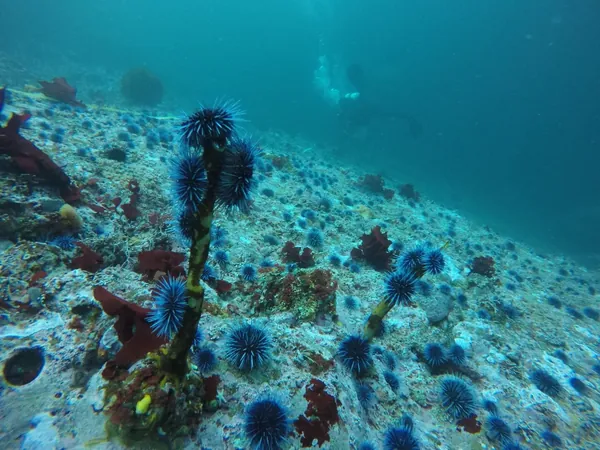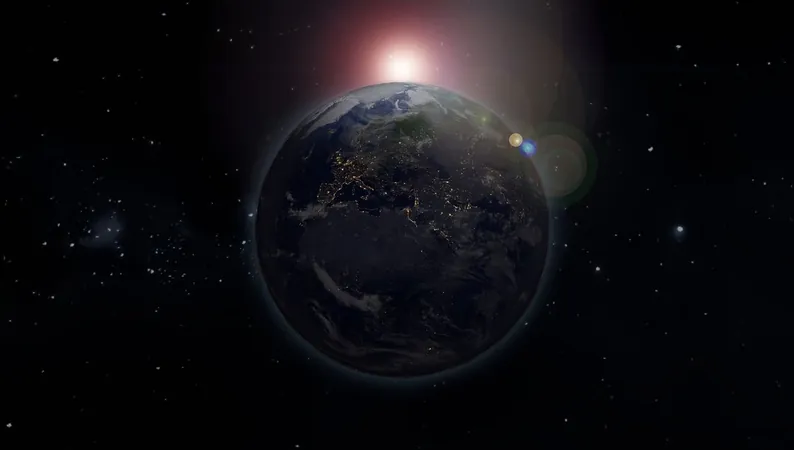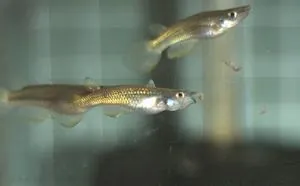
Unlocking Ecosystem Futures: A Revolutionary Model to Prevent Collapse
2025-06-16
Author: Sarah
Can We Predict the Unpredictable?
Ecosystem collapses are akin to ecological disasters, where entire populations vanish in the blink of an eye. Scientists have been grappling with the ominous signs that precede these catastrophic events, trying to understand the point of no return. But what follows this tipping point remains largely mysterious. A groundbreaking study from the University of California, Santa Cruz, in collaboration with the National Oceanic and Atmospheric Administration (NOAA), promises to change this narrative.
A Crystal Ball for Ecosystems
Published in the prestigious Proceedings of the National Academy of Sciences (PNAS), this new model acts as a 'crystal ball' for ecosystems, offering insights that could provide critical intervention time before devastation strikes. "This model unlocks a fundamental understanding of future events in ecosystems," states Eric Palkovacs, a senior author and professor of ecology and evolutionary biology.
Understanding Ecosystem Dynamics
In thriving ecosystems, species live in a delicate balance: kelp feeds marine life, while otters keep sea urchin populations in check. However, when something disrupts this harmony, such as rising ocean temperatures, the entire system can spiral into chaos. According to Lucas Medeiros, the study's lead author, ecosystems can exist in different states — some flourishing, others on the brink of collapse.
Breaking New Ground in Prediction
Current predictive methods have limitations, often relying on extensive datasets that are rarely available in ecological studies. Some use machine-learning algorithms that do not fit the ecological data framework. Others depend heavily on detailed species information, making them impractical for broader applications. The researchers have ingeniously developed a model using historical data trends rather than exhaustive species-specific details, which can be applied to various ecosystems with minimal data.
Bridging Historical Data with Real-Time Predictions
The model leverages historical scenarios to forecast future dynamics based on population fluctuations, such as the abundance of salmon influenced by fishing rates. By employing a mathematical method called 'lagged coordinates embedding,' the model can even predict affects of predator-prey interactions, achieving what Munch describes as a mathematical "miracle".
From Lakes to Laboratories: Real-World Applications
To validate their model, the team analyzed two vastly different ecosystems. One was Lake Zurich, where shifts in phosphorus levels significantly affected plankton populations. The model successfully predicted the ecosystem’s recovery back to balance by using past phosphorus and plankton data. Palkovacs suggests this approach could aid in addressing similar algal bloom challenges in other bodies of water.
The second example was derived from a controlled laboratory setting, featuring a miniature three-species ecosystem. By adjusting conditions in the test tubes, the researchers found that their model could anticipate results under previously untested conditions, opening new avenues for future experimental research.
Fostering Collaborative Innovation
Interdisciplinary initiatives at UC Santa Cruz facilitate this type of innovative research. Munch emphasizes the strength of collaboration between fields such as applied math and ecology, allowing for ground-breaking discoveries. This partnership with NOAA exemplifies how extensive resources and expertise can create compelling solutions to pressing ecological problems.
A Vision for the Future
As ecosystems face increasing threats from climate change and human activity, having a tool that can foresee potential collapses is invaluable. This new model not only serves as a cautionary tale but also equips scientists and conservationists with strategies to safeguard the fragile equilibrium of our planet's ecosystems.






 Brasil (PT)
Brasil (PT)
 Canada (EN)
Canada (EN)
 Chile (ES)
Chile (ES)
 Česko (CS)
Česko (CS)
 대한민국 (KO)
대한민국 (KO)
 España (ES)
España (ES)
 France (FR)
France (FR)
 Hong Kong (EN)
Hong Kong (EN)
 Italia (IT)
Italia (IT)
 日本 (JA)
日本 (JA)
 Magyarország (HU)
Magyarország (HU)
 Norge (NO)
Norge (NO)
 Polska (PL)
Polska (PL)
 Schweiz (DE)
Schweiz (DE)
 Singapore (EN)
Singapore (EN)
 Sverige (SV)
Sverige (SV)
 Suomi (FI)
Suomi (FI)
 Türkiye (TR)
Türkiye (TR)
 الإمارات العربية المتحدة (AR)
الإمارات العربية المتحدة (AR)